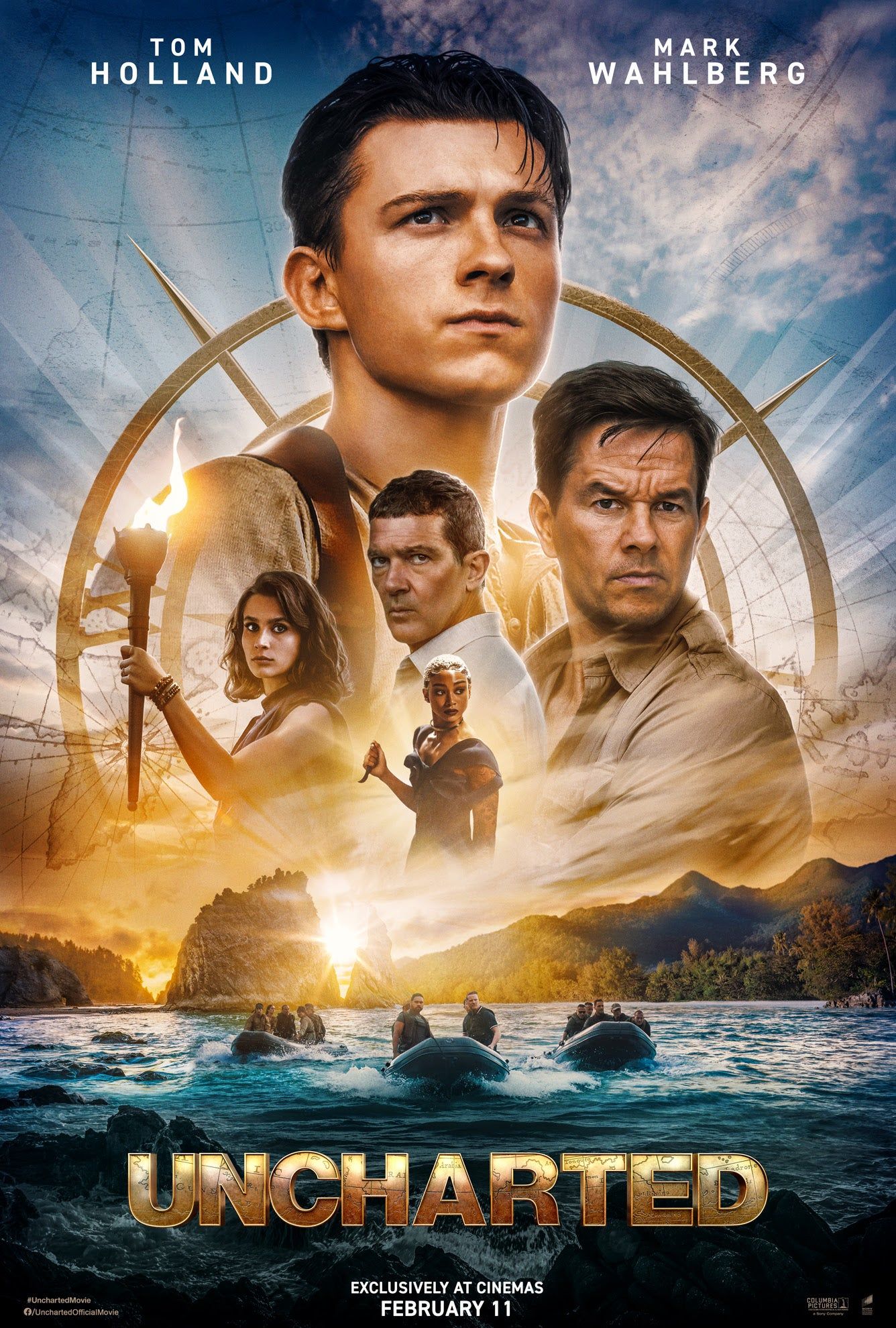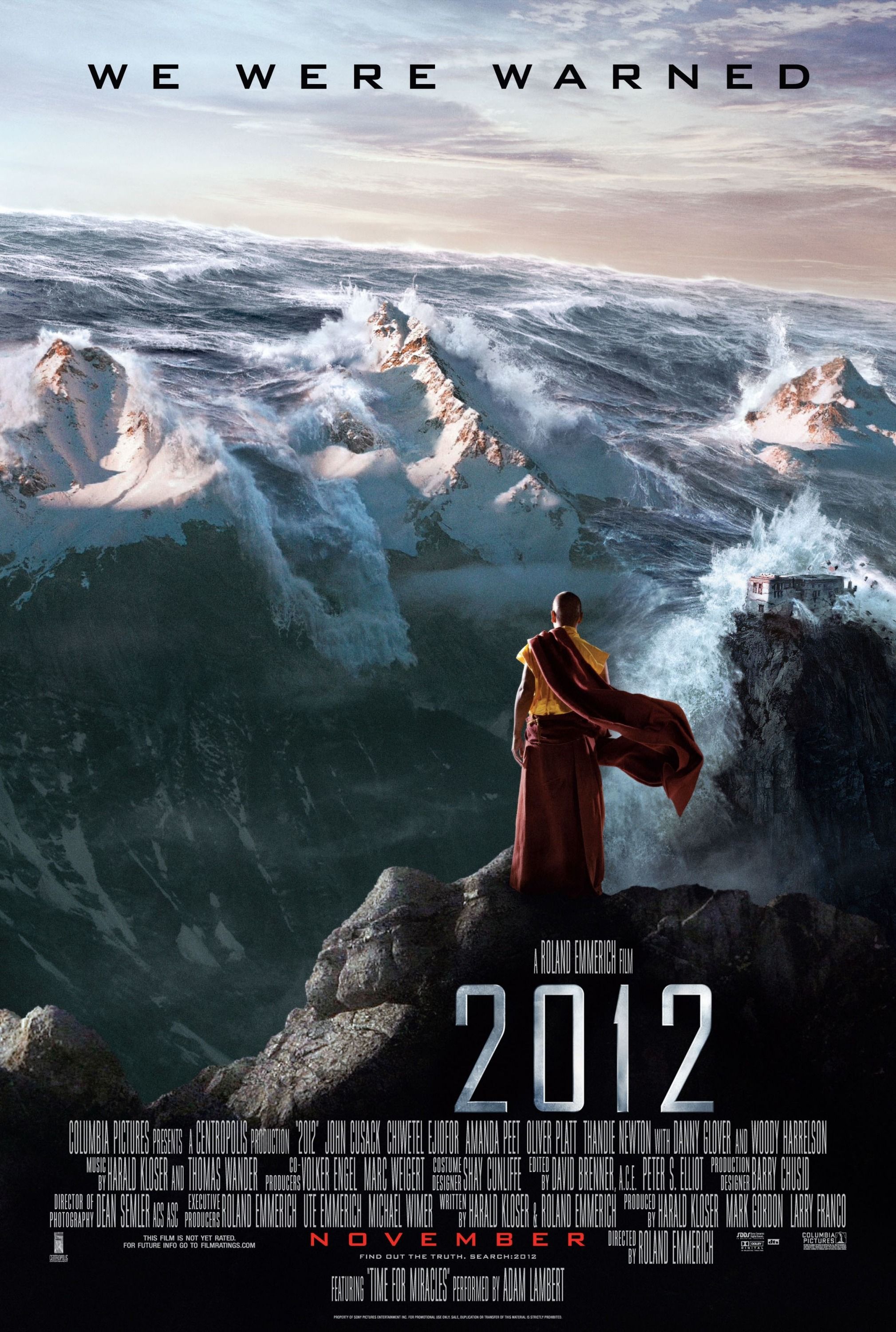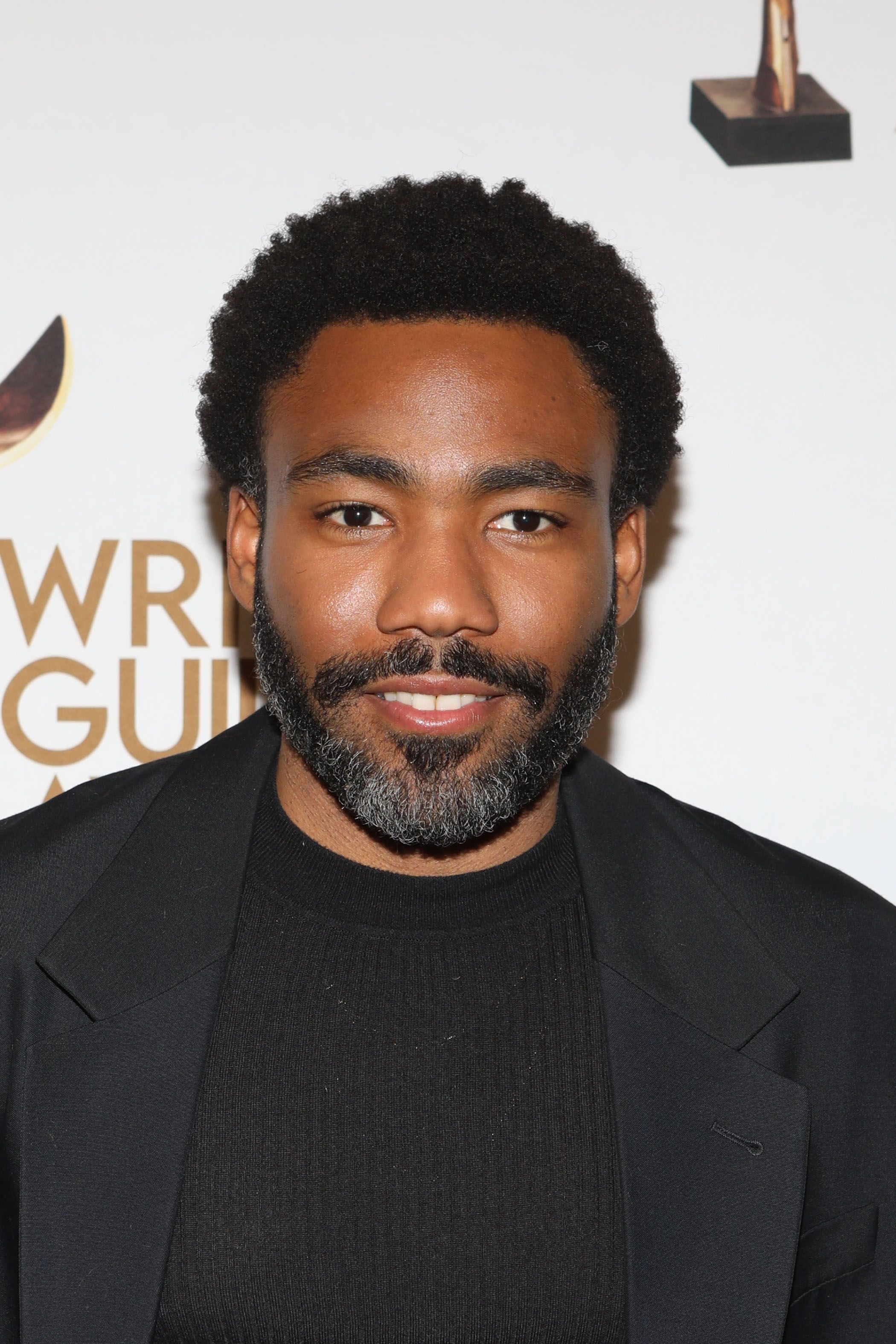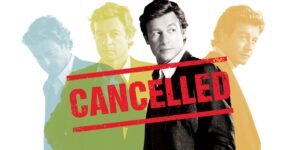These 8 Movies Were Banned & I Still Can’t Believe The Reasons Why
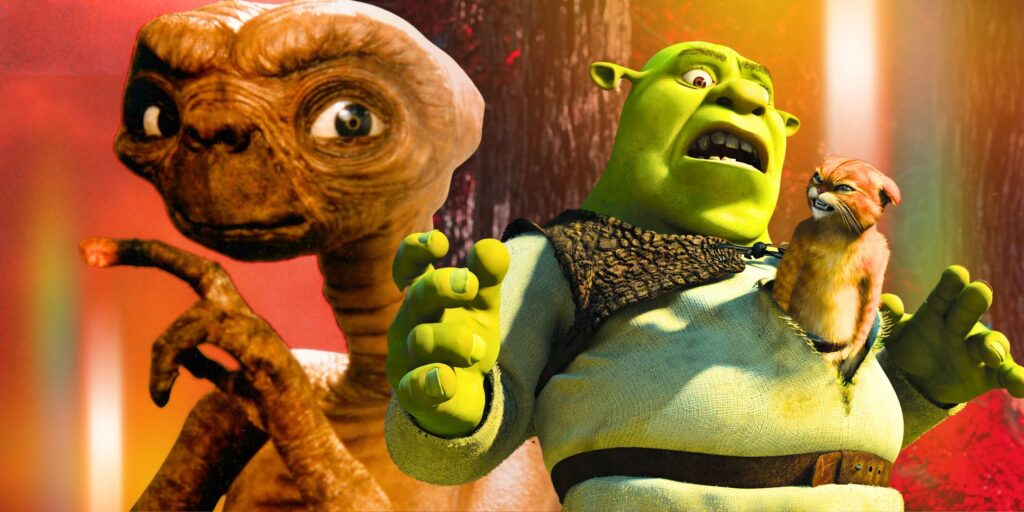
There have been plenty of controversial movies over the years that were banned in different countries, although some of the reasons why might surprise you. While typically a controversial movie gets pulled from theaters or outright banned because of graphic sexual content, gratuitous violence, or hateful political rhetoric, other films were censored for more unusual reasons. These can range from simple cultural differences to downright bizarre reasoning, with seemingly innocent and family-friendly films even falling victim to censorship.
It’s understandable that some of the most controversial movies ever made were banned in different regions, but some other examples were truly baffling. Some of these banned films remain unavailable in the countries in question to this very day, while others were temporarily censored only to reappear following changes or simply the passage of time. Whatever the reason, it is fascinating to investigate the history behind banned films.
Banned for children in Scandinavia
Steven Spielberg’s children’s classic sci-fi story E.T. the Extra-Terrestrial is a beacon of nostalgic joy for viewers worldwide, that is, unless you grew up in Sweden. While this family-friendly film about a young boy befriending an extraterrestrial and helping him “phone home” to make it back to his planet has endured as a kids’ classic for more than forty years, back when it was released, the local ratings boards felt this story was too scary for young viewers and banned the movie for children under 11 years old.
The Scandinavian censorship director, Gunnel Arrback, explained (via UPI) that this classic fantasy “may cause mental injuries to children aged over seven but under 11 years” and cited its “threatening and frightening mood” as well as adults being portrayed as enemies to children. While Norway made the same decision as Sweden, Denmark and Finland were a little more lenient, setting their age restrictions at 7 and 8 years old, respectively.
7
Pirates Of The Caribbean: Dead Man’s Chest (2006)
Banned in China
While Pirates of the Caribbean: The Curse of the Black Pearl was a runaway success that acted as the starting point for a major Disney film franchise, the second installment, Dead Man’s Chest, encountered censorship issues and was ultimately banned in China (via Daily Express.) Although some might think the activities of real-world pirates may have been the culprit, the truth was that it was actually the inclusion of ghosts in the film that caused issues. China’s strict censorship laws mean that media featuring ghosts is majorly restricted and, in some cases, outright banned.
Pirates of the Caribbean is not the only series to face problems due to the inclusion of ghosts, as other movies like Crimson Peak were similarly unable to be released in China. While the reasoning stated is that ghosts go against the Communist Party’s secular principles, it’s also true that ghosts have often acted as a metaphor for corrupt officials and sometimes come with a lot of political baggage.
6
Monty Python’s Life Of Brian (1979)
Banned in Ireland, Italy, Norway, and Sweden
Monty Python’s satirical comedy Life of Brian is one of the most famous examples of a banned film in the history of cinema, yet when you actually watch the movie, it’s hard to understand why it was so controversial. While those who protested the movie at the time in countries like Ireland, Italy, Norway, and Sweden cited it as an example of blasphemy, the actual story was about the life of a man who was born next to Jesus’s stable and was about someone who was constantly mistaken for a prophet.
This hilarious spin on biblical topics was never a takedown of religious people but more a commentary on those who believe without questioning. Life of Brian explored the blind acceptance of dogma and the absurdity of those who unthinkingly follow it. Looking back, it’s clear that the censorship of Life of Brian got out of hand, although Sweden could still see the funny side of things when they marketed the film with the tagline, “So funny it was banned in Norway!”
5
Dr. Strangelove Or: How I Learned To Stop Worrying And Love The Bomb (1964)
Banned in Finland
Stanley Kubrick’s hilarious political satire Dr. Strangelove still has the power to make viewers keel over with laughter for the astute way it unpacks the sheer ridiculousness of politics, war, and nuclear attacks. With comedy legend Peter Sellers playing multiple roles, Dr. Strangelove was a masterclass in clever satire that was controversial enough that it caused Finland to outright ban the movie. As a takedown of Cold War fears, Finland was worried (via Far Out) that the movie’s release could negatively impact their relationship with the Soviet Union.
As a neighboring country, it’s understandable that Finnish officials had fears that the release of the film could offend their controversial ally. Kubrick’s exploration of the potential nuclear war between the U.S. and the Soviets tapped into the very real fear of mutually assured destruction, which felt like a genuine possibility back in 1964. Although audiences looking back on Dr. Strangelove recognize it as one of the all-time great comedies, the way it cast a sharp aim at contemporary politics was insanely relevant at the time.
4
Uncharted (2022)
Banned in Vietnam
While video game fans all over the world were excited to see Tom Holland take up the role of the hero Nathan Drake in an adaptation of Naughty Dog’s Uncharted, the film was controversial in Vietnam and outright banned. Although the title alludes to explorers attempting to uncover mysteries in uncharted territories, the issue here stems from the inclusion of a map featuring disputed territory. Uncharted was banned from domestic distribution in Vietnam because of a scene featuring a disputed line declared by China to stake its claim to large parts of the South China Sea.
The U-shaped “nine-dash line” map seen in Uncharted illustrates vast areas of the resource-rich South China Sea where Vietnam has been awarded oil concessions. A state-run Vietnamese news agency described the inclusion of the “illegal image of the infamous nine-dash line” (via Reuters.) This controversial map also led the DreamWorks film Abominable to be pulled from cinemas, and Netflix was ordered to remove episodes of Pipe Gap in Vietnam because of its inclusion.
3
Shrek 2 (2004)
Banned in Israel
The beauty of animation is that it means movies can be dubbed into many different languages so audiences from all over the world can enjoy them without having to resort to subtitles. This also means that small changes can be made to the dialogue to make dubbed movies more culturally relevant to that country’s audience. However, this was also what led to Shrek 2 being banned in Israel for a joke that made fun of the Israeli singer David Daor, after the musician filed a lawsuit against the film (via UPI.)
The joke in question made light of Daor’s falsetto singing voice with a character’s assertion of “Let’s do a David Daor on him,” implying he’d been castrated. Daor himself said, “This film intends to present me, in perpetuity, as a eunuch, a man with no testicles, and turn me into a laughing stock” and a Tel Aviv District Court ruled that Shrek 2 had to be withdrawn from theaters until the joke had been removed.
2
Back To The Future (1985)
Banned in China
While Back to the Future stands as one of the most popular movies of the 1980s and set in motion one of the greatest family-friendly sci-fi franchises of all time, Chinese audiences were unable to see the film after China banned time travel (via CBR.) This strange ruling came in 2011 and retroactively banned the adventures of Marty McFly and Doc Brown as Chinese authorities attempted to crack down on filmmakers trying to rewrite history.
This ruling attempts to correct the frivolous and blatant reinterpretation of past events, with Back to the Future being just one of many affected pieces of media. Although Marty’s iconic adventure didn’t have anything to do with China or Chinese history, it’s a testament to how strict this ruling was that this 1980s classic found itself censored decades after it had already been released in mainland China.
1
2012 (2009)
Banned in North Korea
Those who were coming of age in the 2000s will be more than familiar with the widespread fear that the world was going to come to an end in 2012. This phenomenon gained public recognition due to the impending end date of the Mesoamerican Long Count calendar that was part of Maya civilization. This prominent fear served as the basis for the disaster movie 2012, which envisioned a world where the prophecy came true and citizens must try to survive major disasters like earthquakes, flooding, and volcanic eruptions.
One country that took issue with 2012 was North Korea, which banned the movie because the year marked the 100th anniversary of the birth of First Great Leader Il-Sung Kim (via Slash Film.) Rather than signal a year of world-ending disasters, the dictator-led oppressive country wished to spread the message that 2012 was to be the year North Korea emerged as a world superpower. This message did not align well with 2012’s prediction of apocalyptic destruction, and the movie was banned.
Sources: UPI, Daily Express, Far Out, Reuters, UPI, CBR, Slash Film

